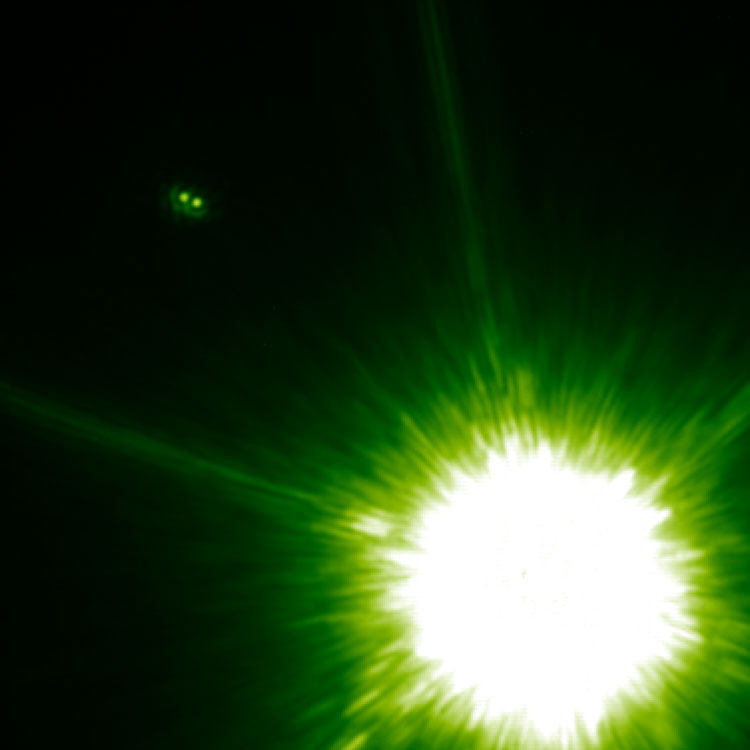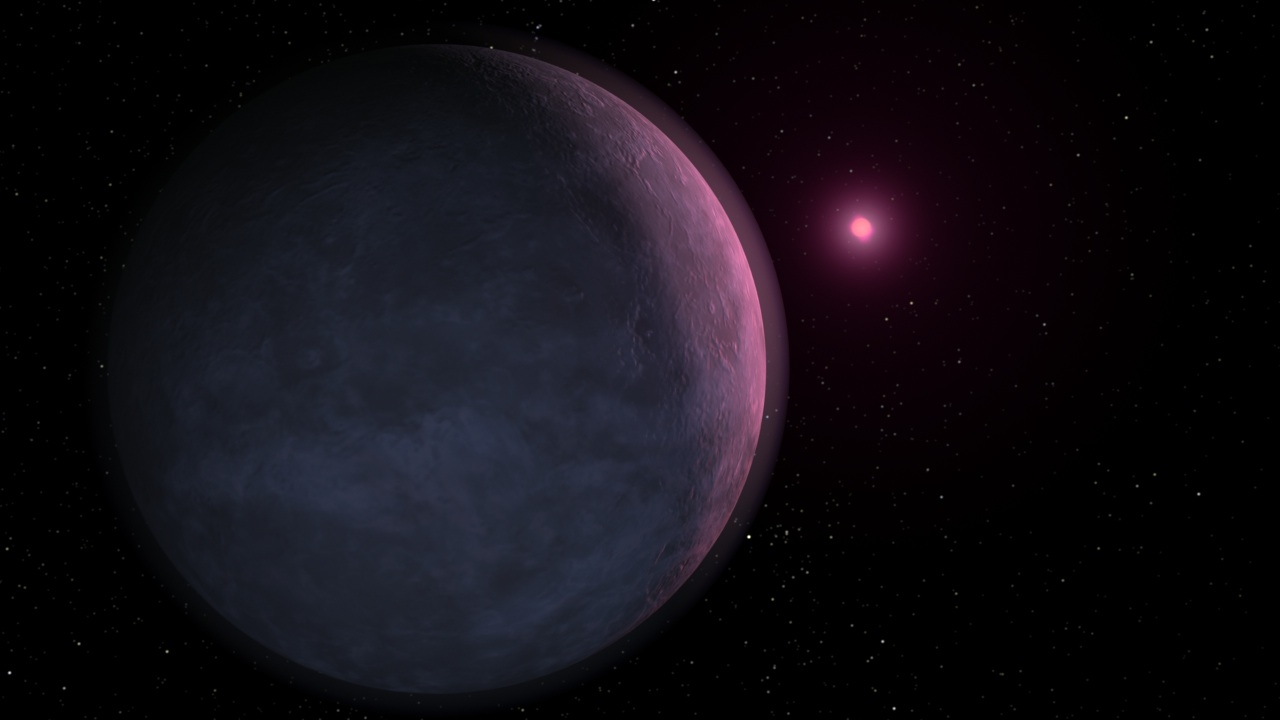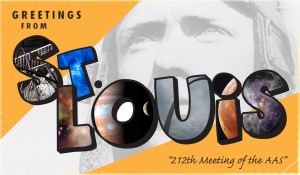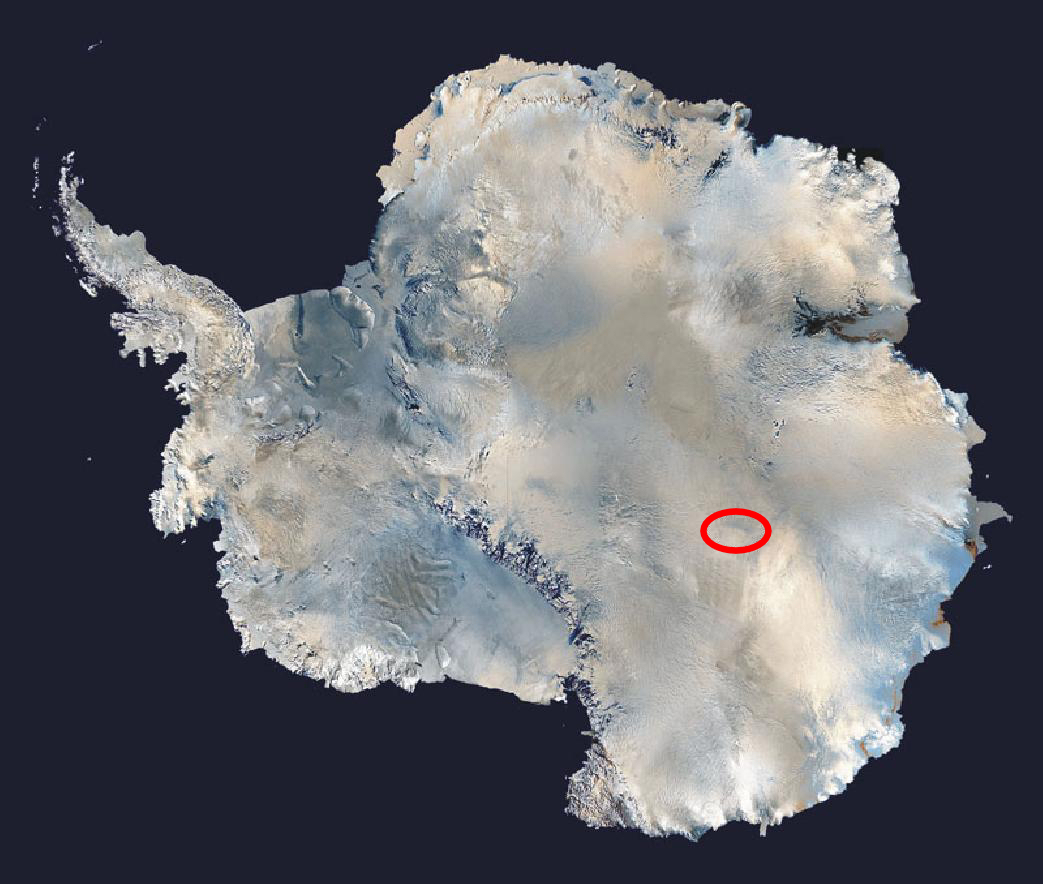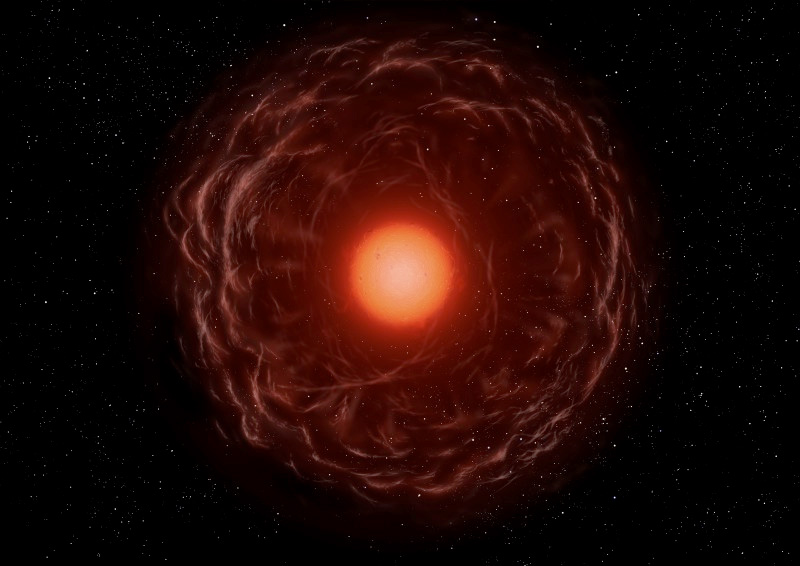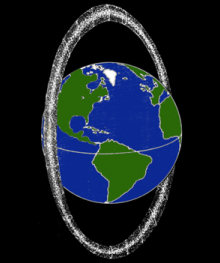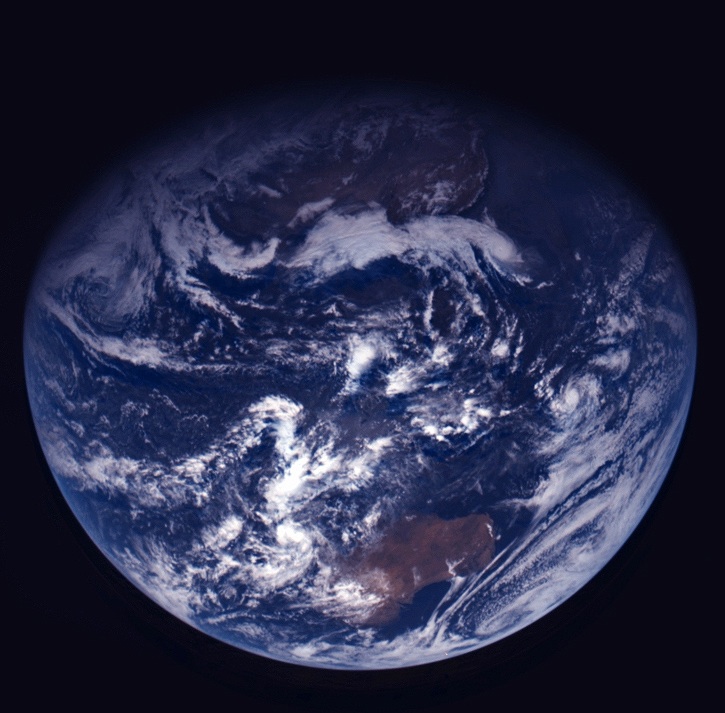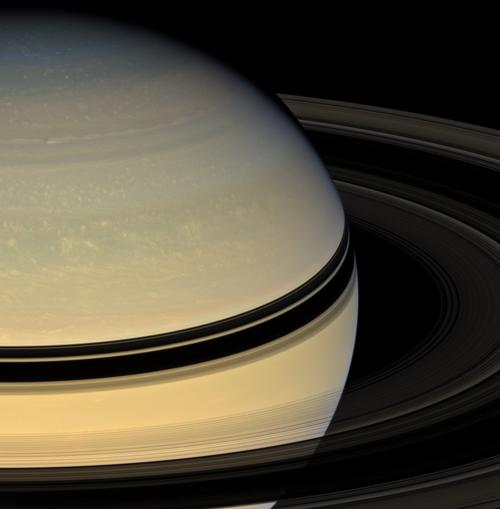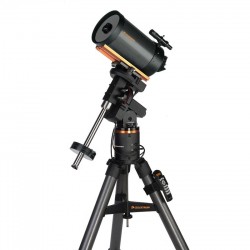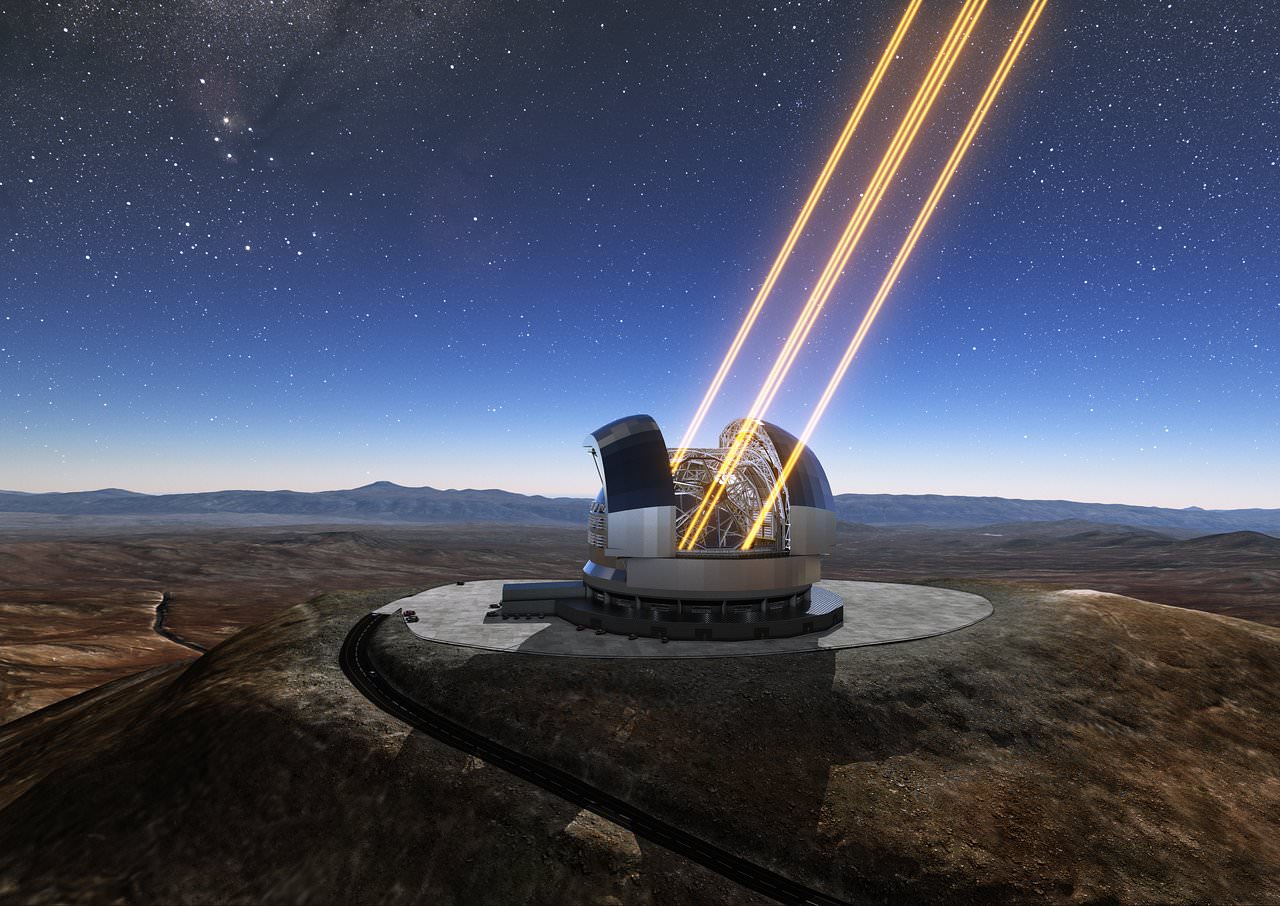Pity the poor brown dwarf; a star wannabe. With as little as 3% the mass of the Sun, brown dwarfs don’t have the gravitational pressure needed to ignite fusion in their cores. Instead of blazing bright, they’re dim little objects that smolder quietly for eons. They’re small and dim, and this makes them almost impossible to locate, let alone weigh. But that’s what a team of astronomers have done. They’ve gathered accurate measurements of the lowest mass, free-floating objects ever seen.
When it comes to being a star, mass is everything. Once a star gets down below a certain point – about 7% the mass of the Sun – it doesn’t have enough pass to ignite nuclear fusion in its core. While our Sun’s temperature is nearly 6000 Kelvin, brown dwarfs are only a little hotter than an oven at 700 Kelvin. A typical brown dwarf will put out 1/300,000th the energy of the Sun. Like I said, cool and hard to find.
The most accurate way of determining mass is by looking for a binary object, where a brown dwarf is orbiting another object, like a higher-mass star (or another brown dwarf). Astronomers from Hawaii and Australia did just that.
Think back to your high school physics class. Johannes Kepler first proved in the 17th century that the total mass of any binary system can be determined by precisely measuring the orbit’s size and how long it takes for the two objects to complete one orbital cycle. If you can accurately measure the orbital periods, the mass is easy to calculate.
It’s measuring the orbital periods that was the trick. Here’s Trent Dupuy from the University of Hawaii’s Institute for Astronomy, “these are very challenging measurements, because brown dwarf binaries have tiny separations on the sky and orbit each other very slowly. We needed to obtain the sharpest measurements that are possible with current telescopes to precisely monitor their motion.”
They gathered their data using the 10-meter Keck II Telescope atop Hawaii’s Mauna Kea. The Keck II is built with an adaptive optics system that’s absolutely perfect this kind of task.
The team measured the mass of two brown dwarf binaries. One was composed of two “methane” brown dwarfs – the coolest kind of brown dwarf. The total mass of the two objects was about 6% of the Sun, so 3% of the Sun each. The other pair was a set of warmer, “dusty” brown dwarfs, with 11% the mass of the Sun – so 5.5% each.
Original Source: IFA News Release

